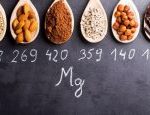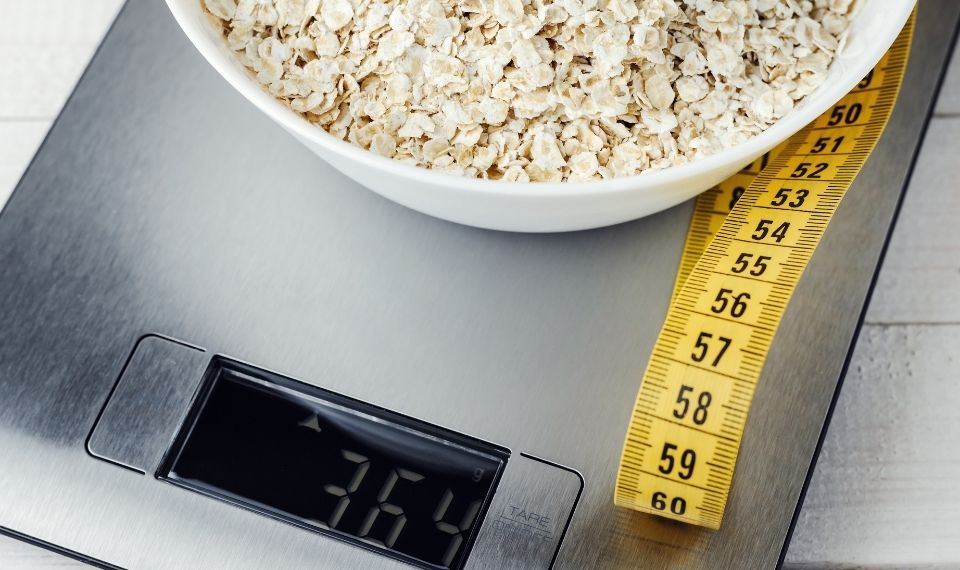What is magnesium glycinate
magnesium is one of the minerals essential for the daily functioning of our body and more abundant found in organs, such as the heart, bones and teeth.
This mineral is considered a cofactor, that is, an essential component in the performance of the reactions carried out by the body’s enzymes and is involved in more than 300 biochemical processes and reactions.
Products with magnesium
In general, we ingest sufficient amounts of magnesium through our diet and food. Today in particular, we are going to discuss one of the most commonly used types of magnesium due to its ease of absorption.
glycinate or magnesium bisglycinate is a compound characterized by chemically reacting magnesium oxide with glycine. Unlike magnesium oxide, it is very easily absorbed by the body.
Our body stores magnesium in two main places: the first the bones where it is located approximately 60% of the total, followed by muscles with between 25 and 30%.

Is there a difference between glycinate and biglycinate?
No . The difference between glycinate and bisglycinate is that magnesium glycinate is the correct chemical name.
glycinate comes bound with two glycines in its chemical structure but only one. Therefore, the correct thing would be to call it Bisglycinate.
Supplementation with Magnesium Bisglycinate
The Magnesium glycinate is one of the most recommended and selected by all those who want to supplement with magnesium.
This happens because it is one of the easiest types to be absorbed by our body. It is the chemical form with the highest bioavailability, being the best option for those who seek to end their deficiency or enjoy its properties and benefits.
Bisglycinate is a type of chelated magnesium . This means that it is fully absorbed. When chelated with a glycine, it acts in a relaxing way.
Between 45 and 90% of the population has a deficit of this mineral as a consequence of to a poor diet with little bioavailability of nutrients, since the necessary amount of fruits and vegetables are not generally ingested daily, as well as an abuse of medications.
Other types of magnesium.
Keep in mind that the main function of magnesium in the form of bisglycinate is relaxation. If you are looking for effects such as, for example, laxative, treating seizures, pain, etc. there are other more efficient forms of magnesium for it.

Its functions and properties
Improves sleep
Helps to fall asleep and avoid problems related to occasional insomnia. This occurs because it acts on the same receptor that increases Gaba concentrations in the brain. It induces and facilitates the relaxation of people.
It can also help combat stress and anxiety by acting in a relaxing way.
It is one of the most synergistic combinations with melatonin and the 5HTP.
Improvement in memory
Currently, several studies have shown that an average of between 3 and 4 grams magnesium glycinate can benefit to enhance memory efficiency.
Relationship with insulin
The Magnesium can be a very useful tool to lower blood sugar, since various studies have shown that a regular consumption of magnesium in the diet reduces the risk of developing diseases such as type 2 diabetes, since it reduces the insulin resistance.

Regulation of blood pressure
Magnesium is used to reduce blood pressure blood pressure in those people who have an initial deficiency of magnesium.
Headaches
Those with low levels of magnesium in the blood or deficiencies are directly related to migraines, so magnesium supplementation can to help reduce them.
Other functions
This mineral is involved as we have already mentioned in more than 300 processes:
- is involved in the synthesis of ATP.
- reduces the symptoms of premenstrual syndrome.
- in the muscular capacity in the formation of bones and teeth, together with calcium,
- in the heart, as it ensures a correct heartbeat.We can find magnesium in fruits and vegetables mainly, those with green leaves such as spinach or chard.
Also, in fruits such as bananas and oranges, nuts (cashews, almonds, peanuts), corn, quinoa, soybeans and their derivatives such as tofu. and in whole grains such as oats.
Other sources are edamame, pure dark chocolate, and avocado.
What is magnesium glycinate used for?
It is a mineral supplement used to prevent and treat low amounts of magnesium in the blood . Some brands are also used to treat symptoms of too much stomach acid, such as upset stomach, heartburn, and acid indigestion.
What type of magnesium is better?
Orally, magnesium citrate is the form that is better absorbed (but it is bound to a large molecule so there is less magnesium by weight).
How much magnesium glycinate should I take to sleep?
In general, it is recommended that users start with the lowest suggested dose and gradually increase it as needed. For general health, sleep, stress: 100-350 mg daily .


